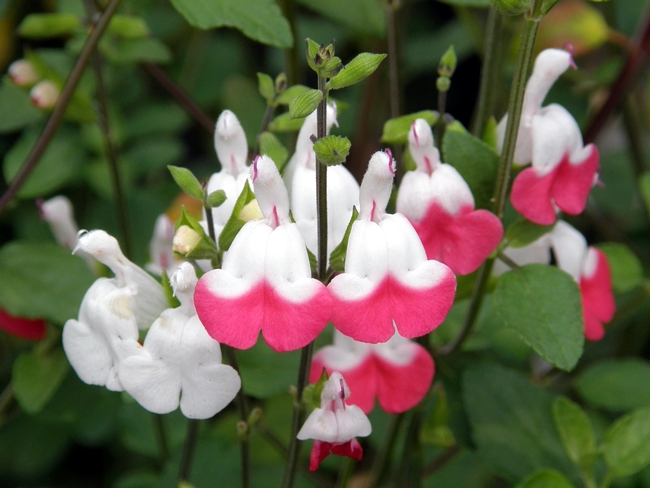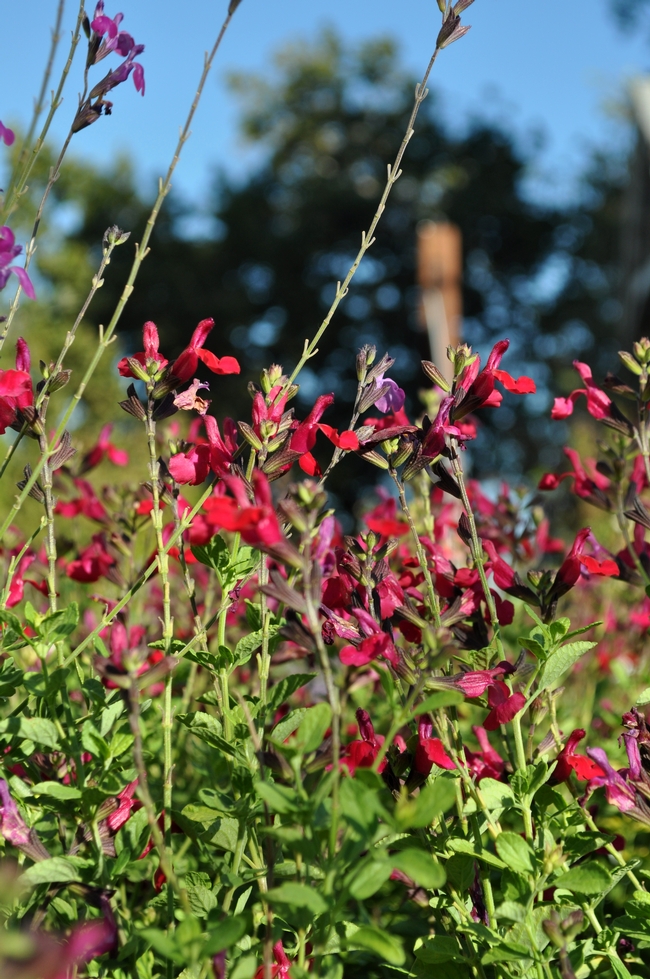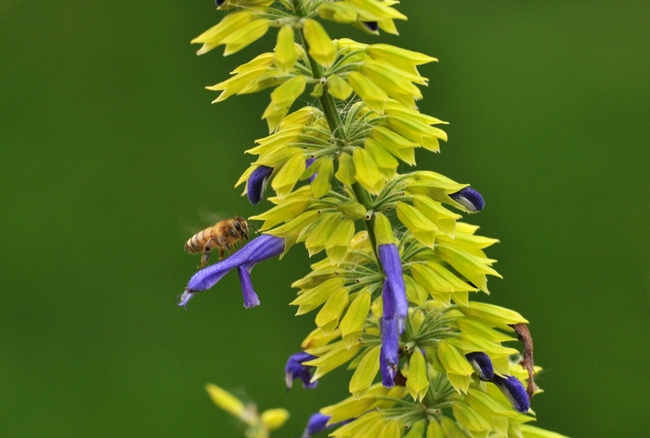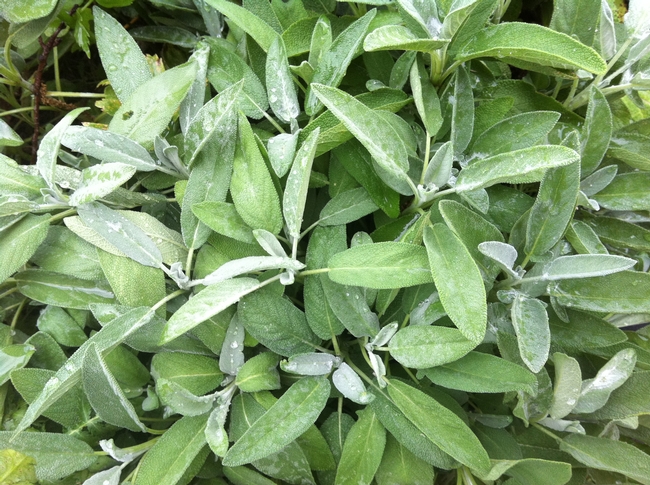Sage, as an adjective, is defined as "wise through reflection and experience" or "proceeding from or characterized by wisdom, prudence and good judgment." As a noun, sage can refer to "a mature or venerable [person] of sound judgment" or, as us gardeners know it "a European perennial mint (Salvia officinalis) with grayish-green aromatic leaves used especially in flavoring meats." Last, but not least, as a noun sage can also refer to a light grayish green color.
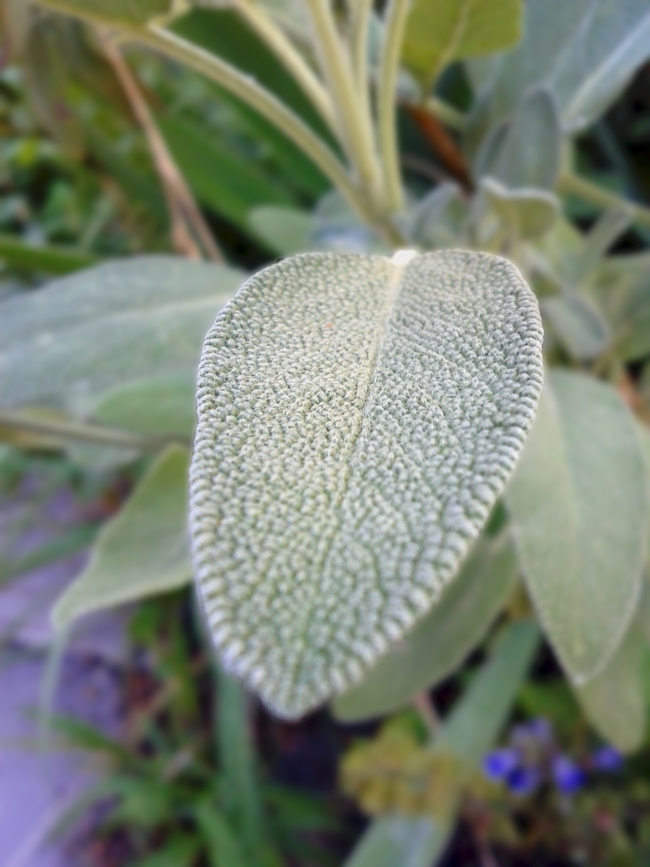
Before becoming an avid gardener, when I heard the word "sage" I thought of the dried leaves on my spice shelf, or the color. But now when I hear the word "sage" I think of all of the wonderful, beautiful varieties of the plant - half a dozen (at least) of which I have planted around my front yard.
Sages can be annual, biennial or perennial, depending on the variety. Many sages are heat and drought-tolerant, making them great additions to gardens in Contra Costa County. Once established, sages can be quite cold-hardy, too. Just cut them back in the winter and next spring they will come right back. Flowers on sages can vary from blue to purple to pink to orange to white. Hummingbirds and bees alike enjoy visiting the flowers of sages, and both are a daily visitors in my front yard.
The biggest presence in my front yard is by far Hot Lips Sage (Salvia microphylla). The bees and hummingbirds love this shrub - which has grown to be one of the largest ornamentals in my front yard at about 4 feet across by at least 4 feet tall. I love the pink and white flowers that bloom spring through fall, and the fact that it is evergreen. When this sage gets too big (like when it starts to take over the sidewalk or encroach on the mailbox) I just cut it back. Easy as can be.
Another sage with a fun name, and beautiful orange to pink color is the Lipstick Sage (Salvia greggii). The elongated blooms on this sage is where it gets its common name. This sage will also bloom from spring through fall. Another drought-tolerant evergreen beauty for any yard.
Sages come in all colors - and I have a few of the purple to blue variety in my yard, too. I love the contrasting colors on the Limelight Sage (Salvia mexicana). The blueish-purplish flowers and the lime-green leaves are stunning. This variety can get pretty tall - up to six feet, so it is less of a shrub than the Hot Lips or the Lipstick sages. It also blooms spring through fall, and is evergreen.
